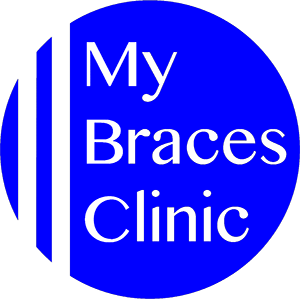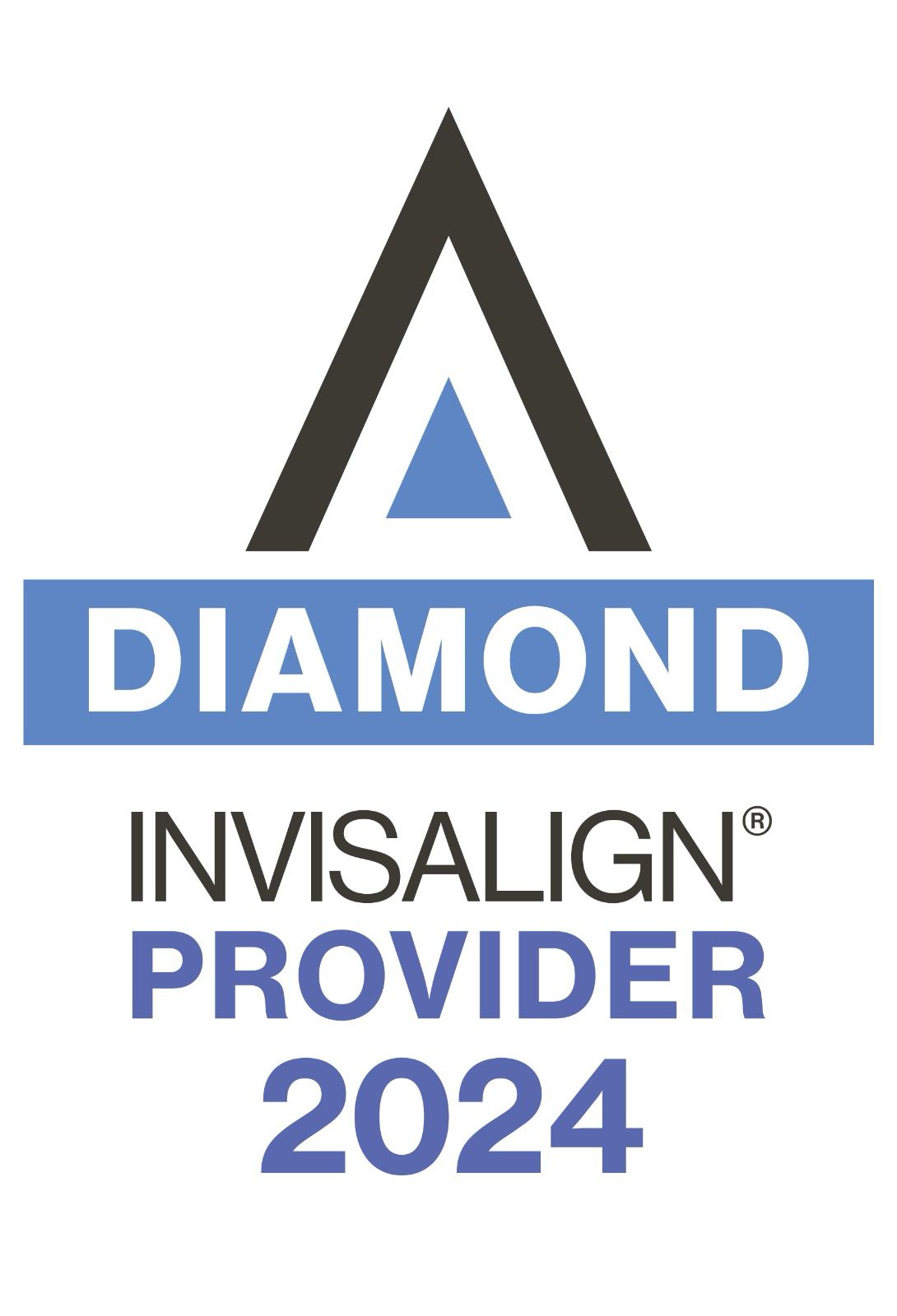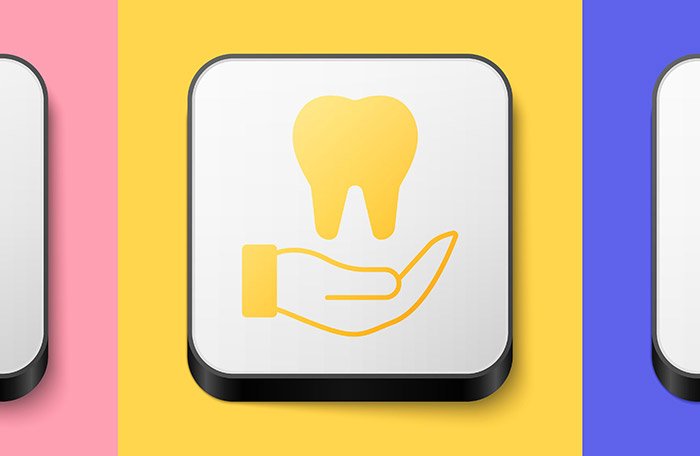Micro-Oseteoperforation (MOP)
Micro-Osteoperforation (MOP) is a simple procedure of producing small (1.0 to 1.5mm) ‘holes’ around strategic teeth roots induces Regional Acceleratory Phenomenon (RAP), which has been clinically proven to expedite orthodontic tooth movement.
It is safe, minimally invasive, performed under local anesthetic that can be used with any orthodontic appliance.
How do Micro-Osteoperforation work?
Micro-osteoperforation work by manipulating bone physiology that is closely tied to tooth movements. The acceleratory effects of the Regional Acceleratory Phenomenon (RAP) triggered by MOP speed up tooth movement that lasts for about 12-16 weeks.
What are the benefits of Micro-Osteoperforation?
Micro-Osteoperforations are strategically placed around targeted teeth to facilitate faster tooth movement, improve the outcome of complicated tooth movements, or augment anchorage values to improve clinical movements.
How do you do Micro-Osteoperforations?
X-rays must be done before micro-osteoperforations are done so that our doctors can study the roots of the teeth and bone anatomy. A MOPs treatment plan can then be designed considering the objectives of treatment, where anchorage values need to be augmented, and the type of tooth movement that needs to be achieved. An antiseptic mouthwash is often done before giving a Local Anesthetic and starting the procedure.
An average of 2-4 micro-osteoperforations of 3-7mm deep are made through the buccal cortical bone. There is minimal bleeding from the MOPs site.
Are there any side effects or 'downtime' with Micro-Osteoperforations?
Micro-Osteoperforations are done under Local Anesthetic with minimal post-op complications and discomfort. ‘Downtime’ from work or school is minimal, with most patients returning to work and their daily lives immediately after the procedure. Painkillers and an anti-septic mouthwash are often prescribed. Antibiotics are rarely needed. Medical Certificate (MC’s) for a day or two of rest can be provided. Post-op care after MOP procedures is the same as after dental extractions.
Related topics
Book Now
Your trusted partner for orthodontic excellence, crafting beautiful smiles with expertise, care, and the latest technology.
For a faster response, please WhatsApp your preferred MBC branch:
General Appointment
"*" indicates required fields






